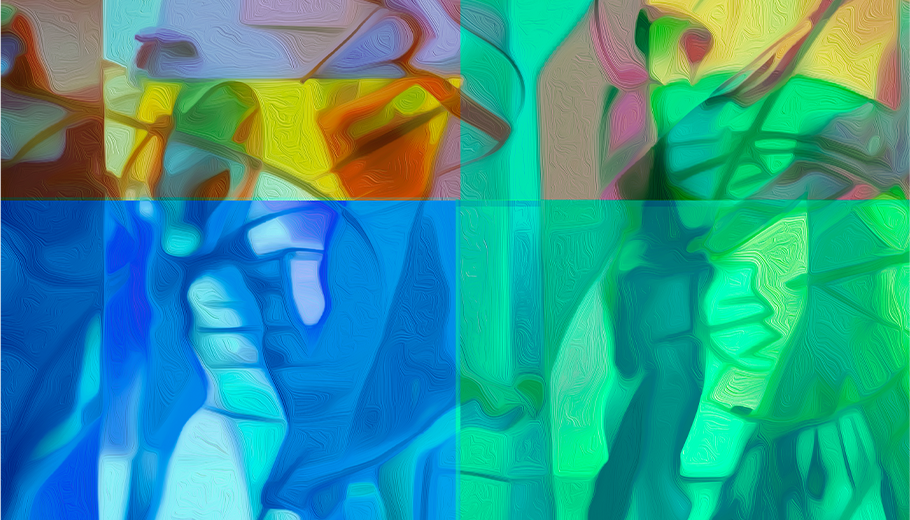On Friday February 2, The Philadelphia Orchestra presented a symphony of Vivaldi’s “The Four Seasons,” Piazzolla and Desyatnikov’s arrangement of “The Four Seasons of Buenos Aires,” as well as Mozart’s “Symphony No.39 in E-flat major.” In honour of David Kim’s 25th anniversary, audiences gathered in Verizon Hall at The Kimmel Centre for the concert where Xian Zhang was the conductor and Kim himself was the concertmaster.
The first part of the concert was a experience of the seasons as audiences were taken through spring, summer, autumn and winter. Kicking off the show with a cheery rendition of Spring, Concerto in E major, RV 269, Xian Zhang led musicians through each piece. Spring was followed closely by the fierce and scorching summer in G minor and then a sudden change in pace (and location) as we were taken through autumn in Buenos Aires. The addition of The Four Seasons of Buenos Aires by Piazzolla, known for his remarked tango pieces, made for a unique intertwining of the classical Vivaldi pieces and the rhythmic complexity of the tango pieces.
After spending autumn in Buenos Aires, we returned to Vivaldi’s Italy for autumn which started in allegro at a festive harvest dance and then transitions to a slower paced adagio molto, as the cool autumn air arrives. As autumn comes to an end with another allegro, we quickly head back to Buenos Aires for winter. Characterized again by the quick changes in pace and rhythm, the piece is chilly and lead by the concertmaster before the final return to Italy for Vivaldi’s winter. Suddenly dropped into the cold wind of winter in allegro non molto, the pace increases quickly as the crescendo engulfs the auditorium.
But of course, the cold of winter is not the final note of the first half as we were taken back, one again, to Buenos Aires to mark the start of the new season as the erratic rhythm and pace of the piece bring about the dramatic growth of the new spring flowers.

Following intermission, our new location was Austria during the final years of Mozart’s life as he composed his final three symphonies. The classical composer birthed the impressive Adagio in E flat major with distinct echoes of the Baroque period and the French Overture as marked by the “dotted rhythms.” As the pace scales down, we are taken through the elegant and graceful andante con moto followed by the jovial allegretto which is reminiscent of a folk dance.
Finally, the concluding allegro is almost cosmic and divine, as musicians lift and move their strings almost in complete unison, earning a well deserved standing ovation from the audience.

